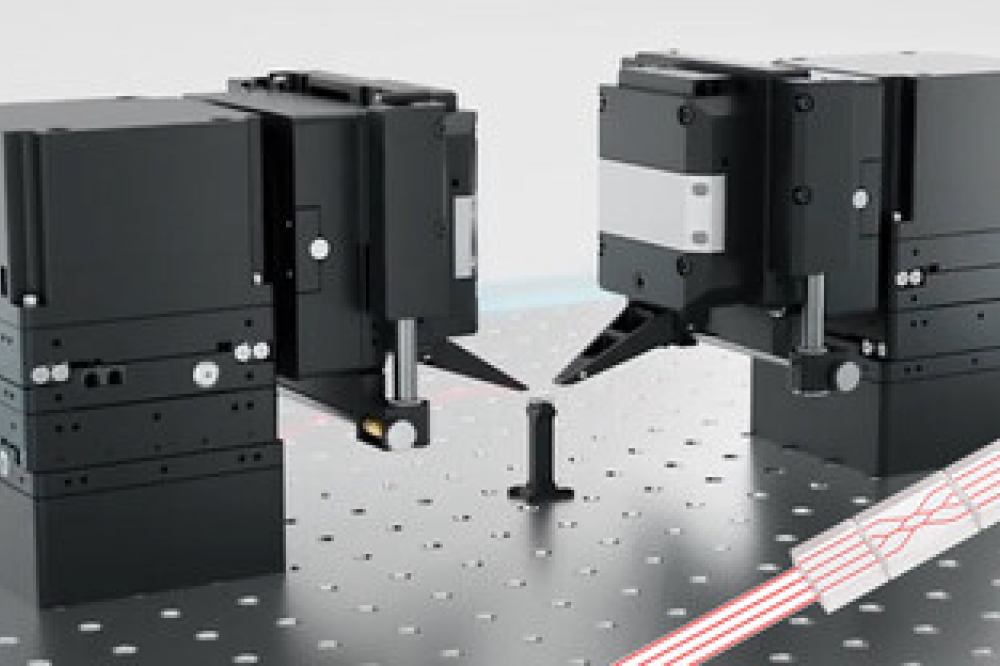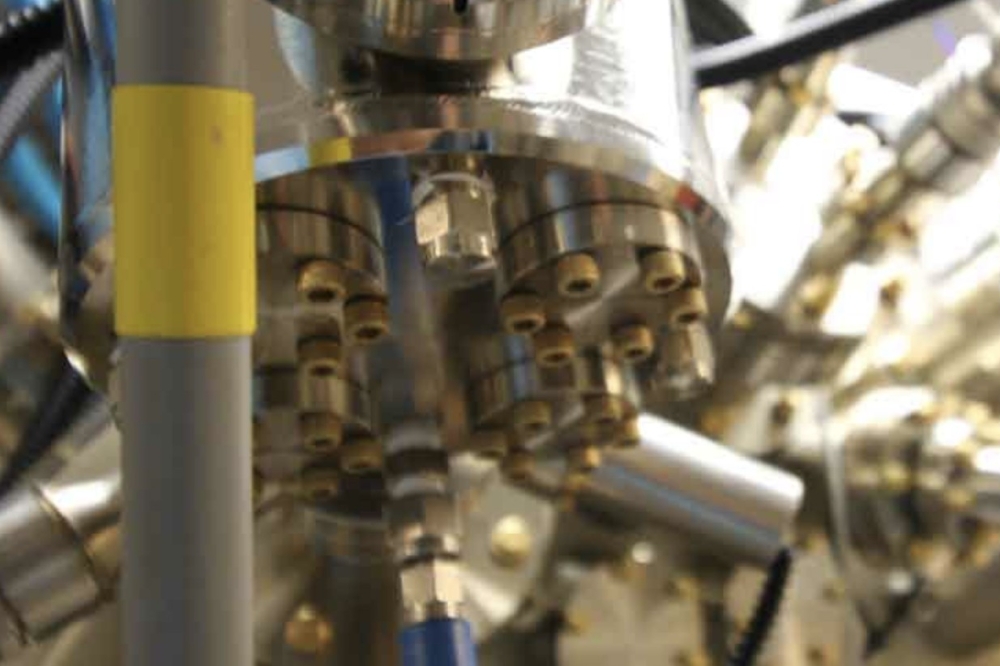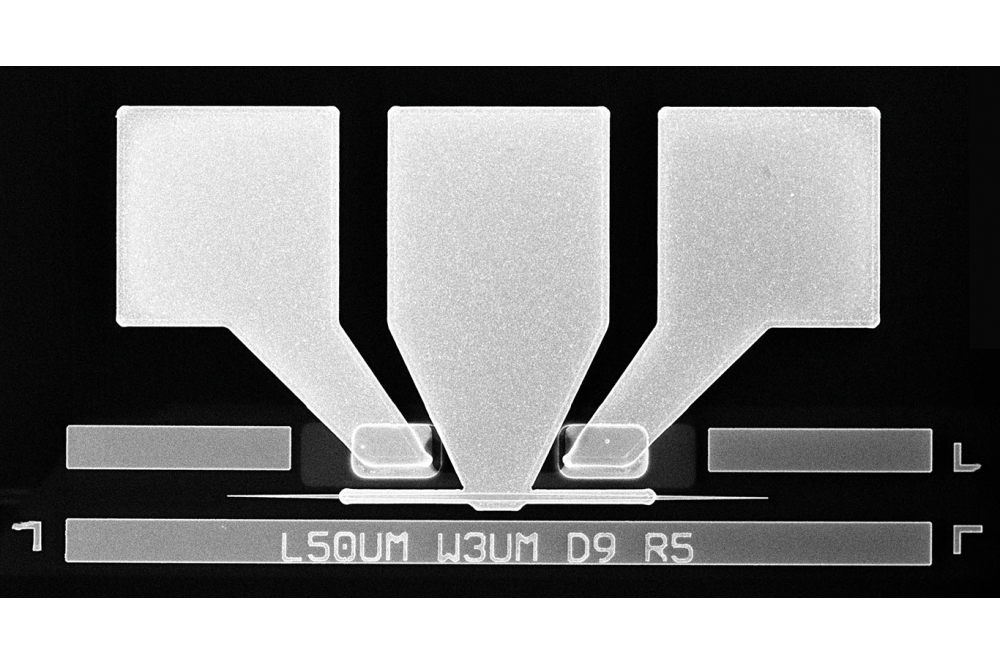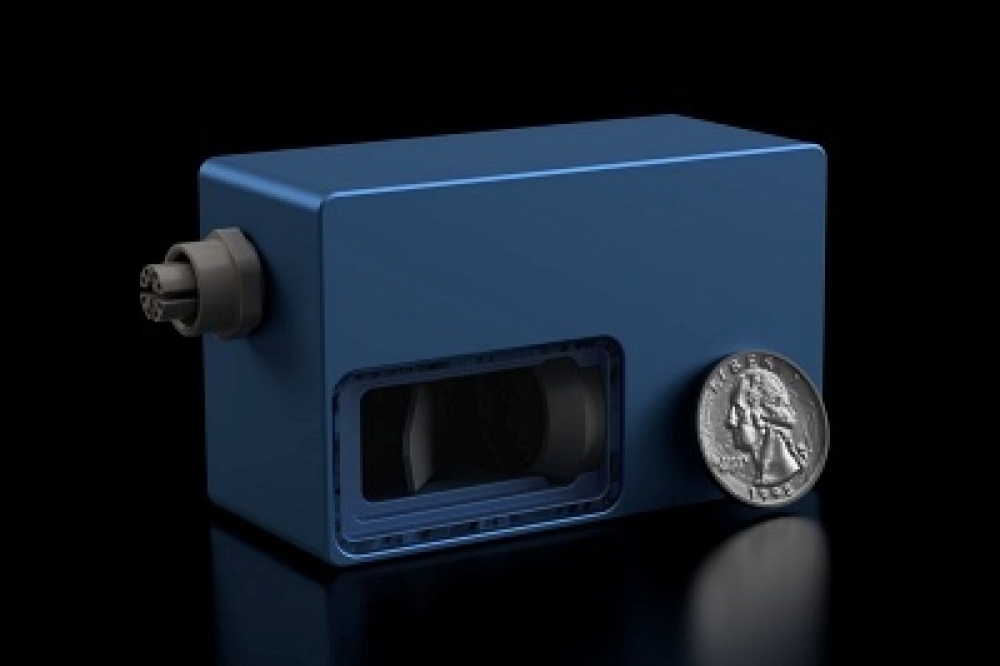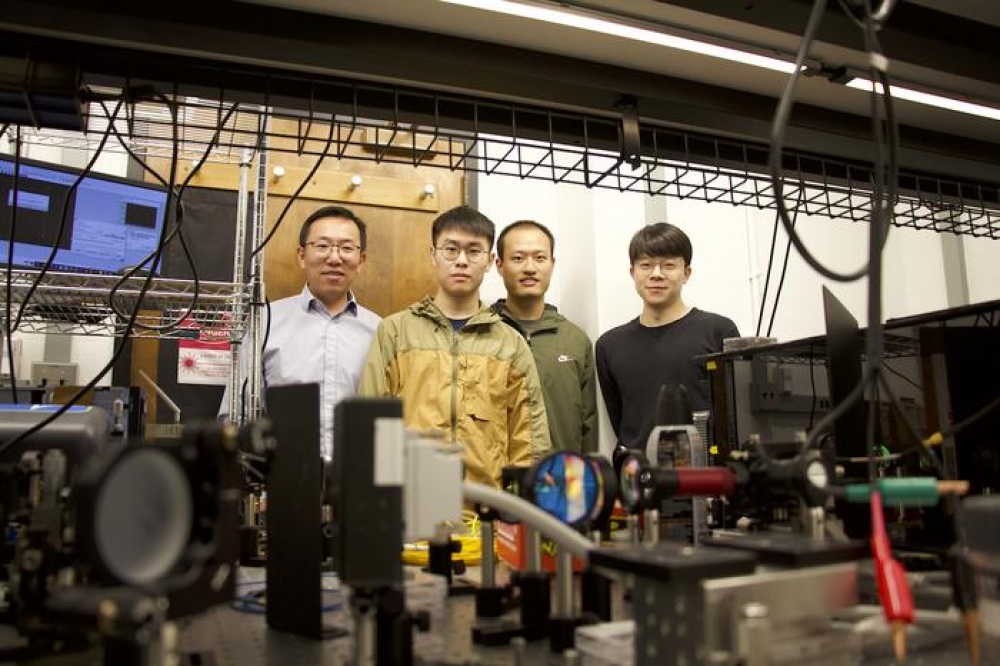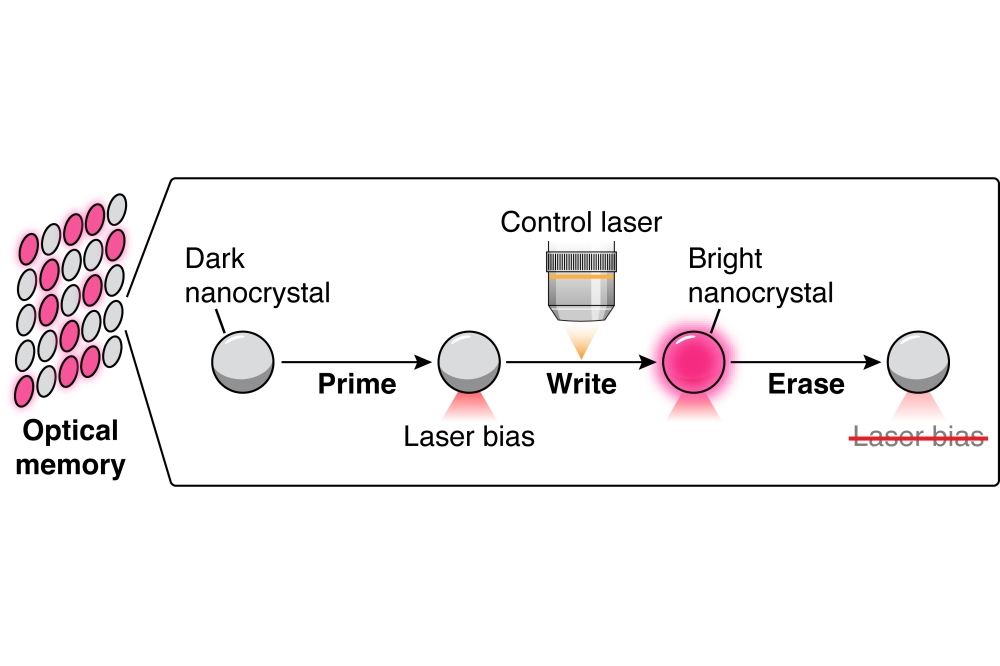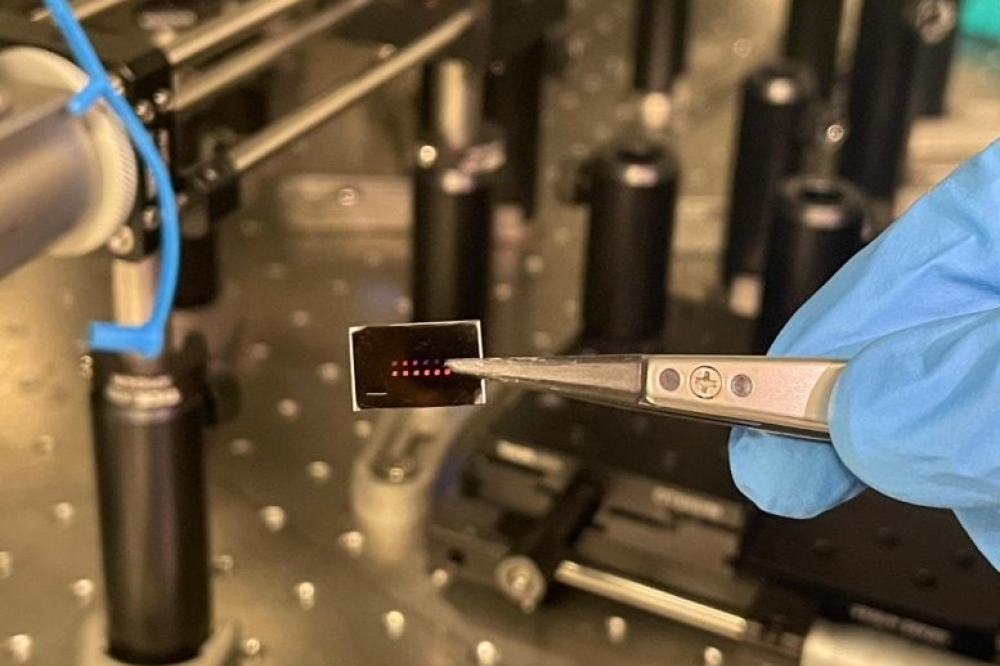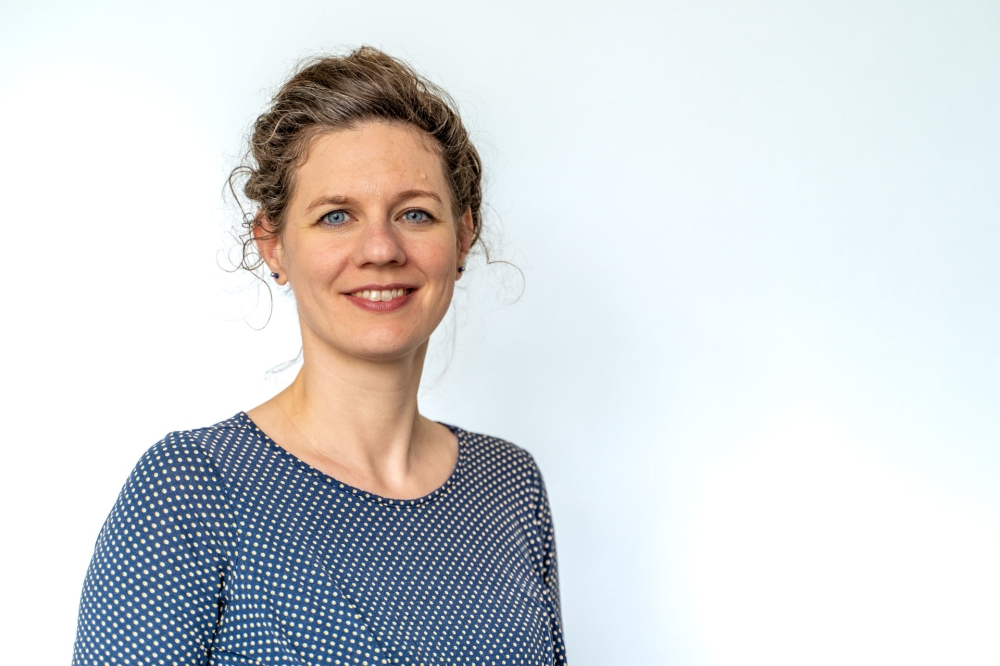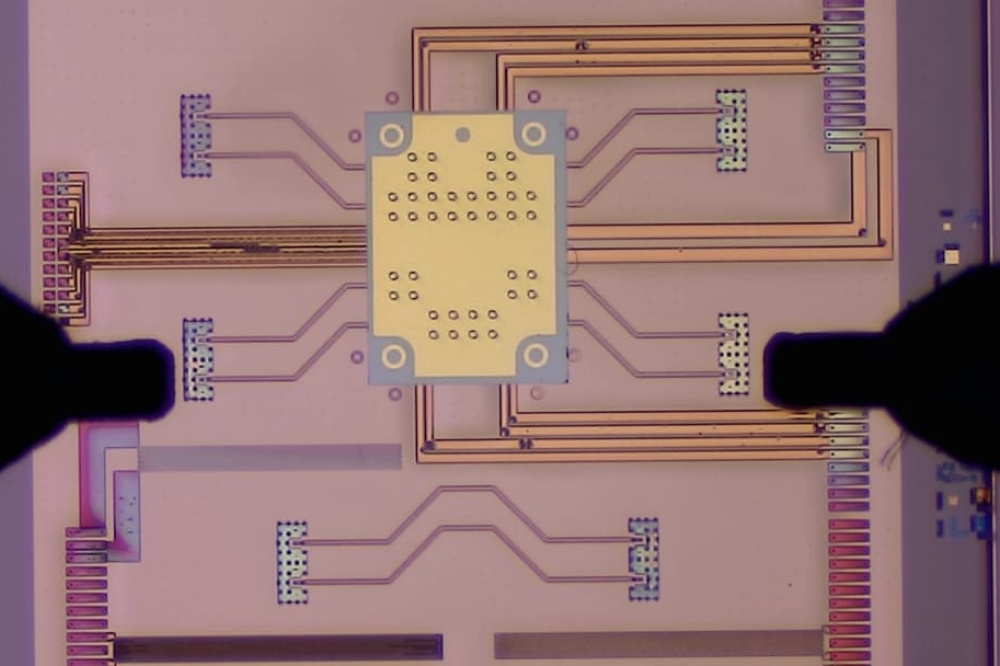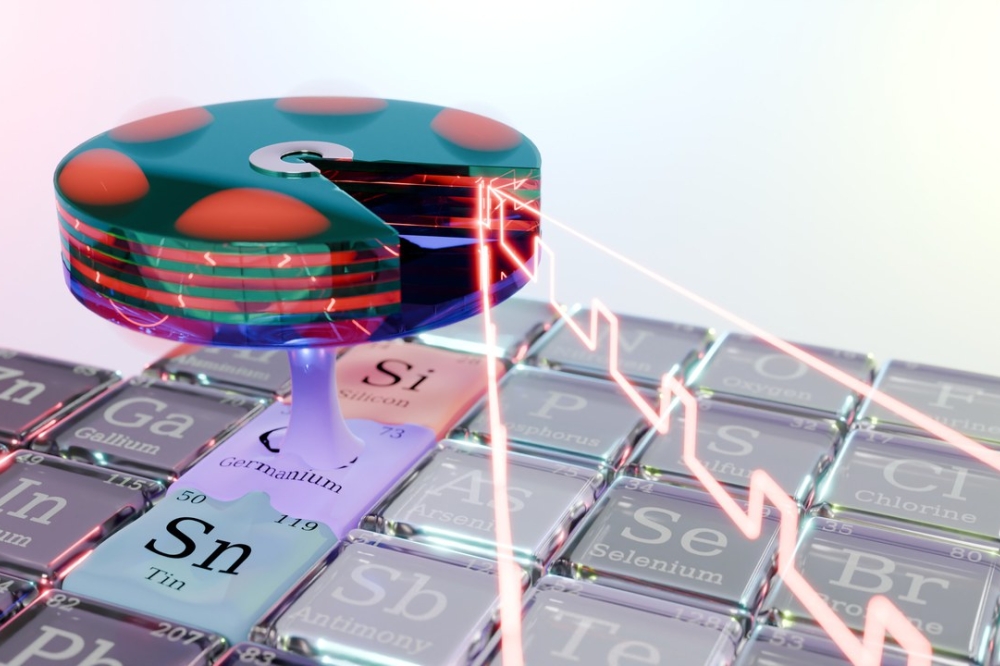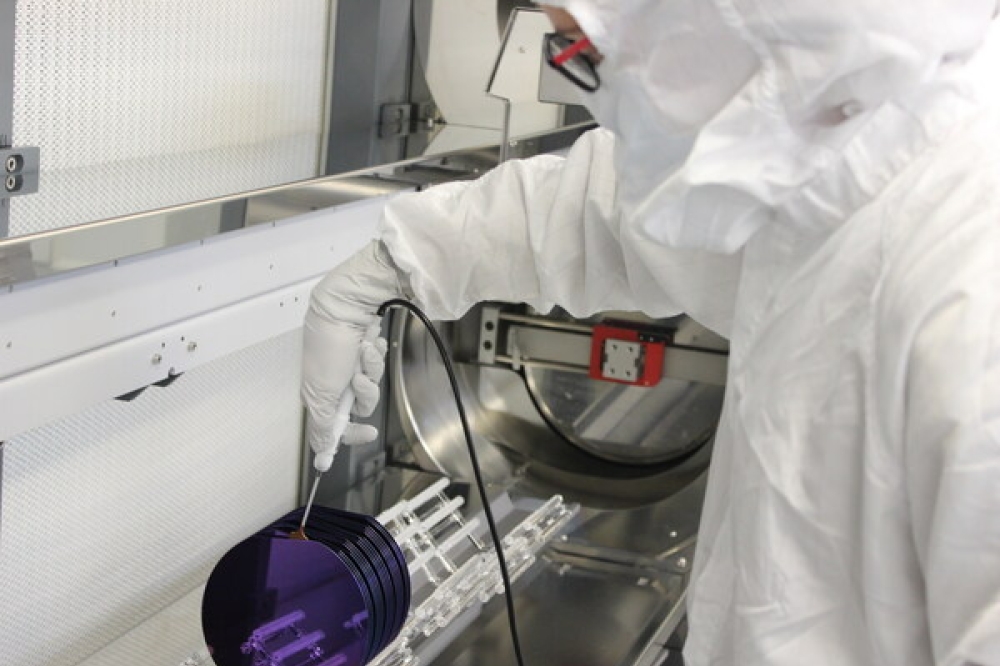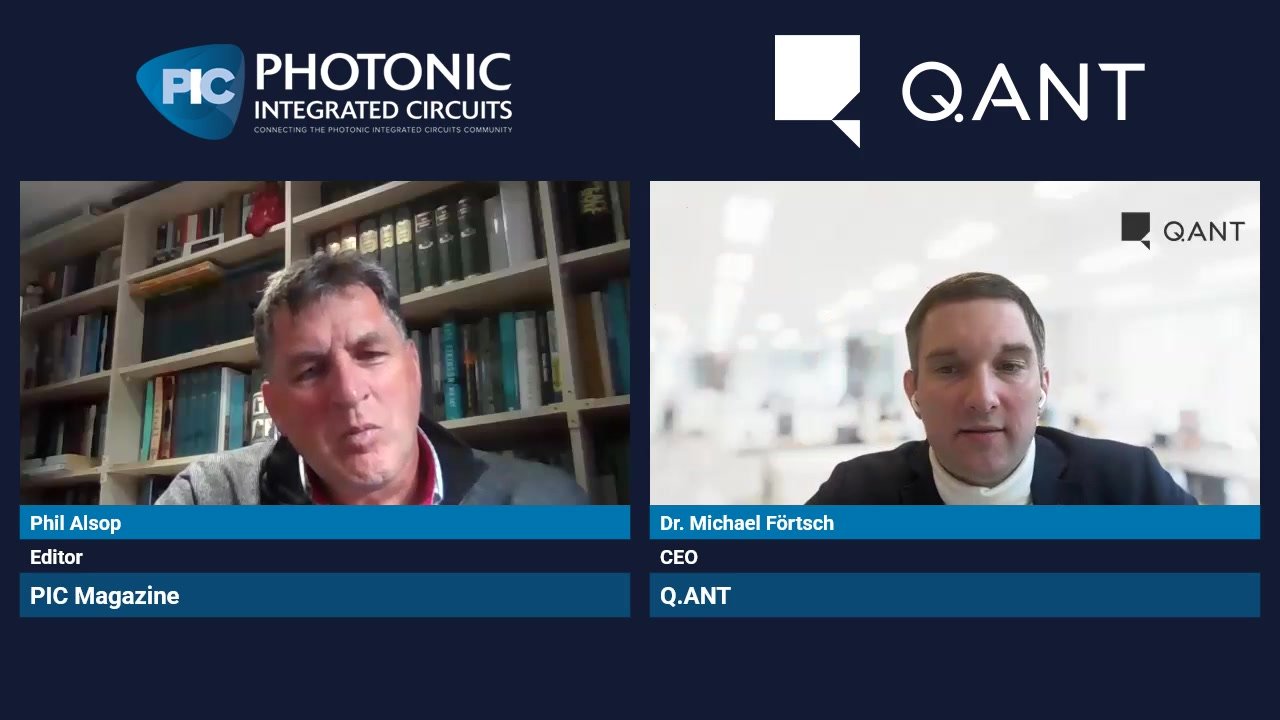The Passing of an industry legend
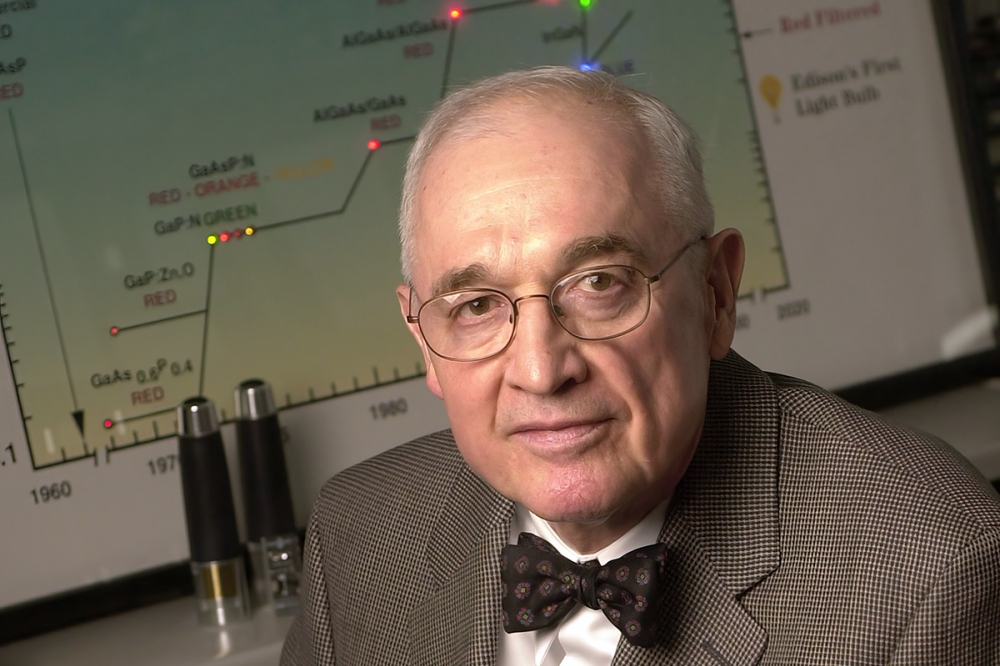
Nick Holonyak, inventor of the visible spectrum LED, dies aged 93
Nick Holonyak Jr., a renowned innovator credited with the development of the first practical visible-spectrum LED, has died Sept. 18 in Urbana, Ill. The University of Illinois Urbana-Champaign professor was 93 years old.
One of the earliest researchers in semiconductor materials and a pioneer in the field of optoelectronics, Holonyak also contributed to technologies in household dimmer switches, lasers that run CD and DVD players, fibre-optic communication lines, and other electronics and communications devices.
Two US presidents recognised Holonyak with national medals – George W. Bush with the National Medal of Technology and Innovation in 2002, and George H. W. Bush with the National Medal of Science in 1990 for “his contributions as one of the Nation’s most prolific inventors in the area of semiconductor materials and devices.”
Holonyak was born Nov. 3, 1928 in Zeigler, Illinois. The son of an immigrant coal miner, he laboured on the Illinois Central Railroad before becoming the first in his family to pursue higher education. He received his bachelor’s, master’s and doctoral degrees at Illinois. He then worked for Bell Labs, the US Army Signal Corps and General Electric before joining the U. of I. faculty in 1963.
While working at General Electric, on Oct. 9, 1962, Holonyak demonstrated the first visible-light-emitting diode. While infrared LEDs previously had been made of the material GaAs, Holonyak created crystals of gallium arsenide phosphide to make an LED that would emit a visible red light.
“It’s a good thing I was an engineer and not a chemist. When I went to show them my LED, all the chemists at GE said, ‘You can’t do that. If you were a chemist, you’d know that wouldn’t work.’ I said, ‘Well, I just did it, and see, it works!’” Holonyak said in a 2012 interview.
At the U. of I., Holonyak held the John Bardeen Chair in Electrical and Computer Engineering and Physics. Holonyak was Bardeen’s first graduate student, earning his doctorate at Illinois in 1954, and worked closely with Bardeen, a two-time Nobel laureate, until Bardeen’s death in 1991. In 1977, Holonyak and his students demonstrated the first quantum-well laser, now used in fibre optics, CD and DVD players and medical diagnostic devices.
More recently, Holonyak developed a technique to bend light within GaAs chips, allowing computer chips to transmit information by light rather than electricity. With fellow Illinois professor Milton Feng, Holonyak also developed the transistor laser, a transistor with both light and electric outputs that could enable next-generation high-speed communications technologies.
“We have lost a legendary member of our Illinois family, who quite literally led everyone to see the world in a new and better way,” Chancellor Robert J. Jones said.
In addition to his research, Holonyak was known for his excellence in mentorship and dedication to his students. Many of his former students have gone on to make their own pioneering contributions to the field of optoelectronics.
Holonyak is survived by his wife, Katherine, to whom he was married for more than 60 years.
Among his numerous awards are the Queen Elizabeth Prize for Engineering (2021), National Academy of Engineering’s Draper Prize (2015), the Lemelson-MIT Prize (2004), the Global Energy Prize from Russia (2003), the Institute of Electrical and Electronics Engineers Medal of Honor (2003), the Japan Prize (1995), the National Academy of Sciences’ Award for the Industrial Application of Science (1993) and the Optical Society’s Charles Hard Townes Award (1992).
Holonyak was a member of the National Academy of Engineering, the National Academy of Sciences and the National Academy of Inventors, as well as a fellow of the American Academy of Arts and Sciences, the International Electrical and Electronic Engineering Society, the American Physical Society, the Optical Society of America and a foreign member of the Russian Academy of Sciences.



